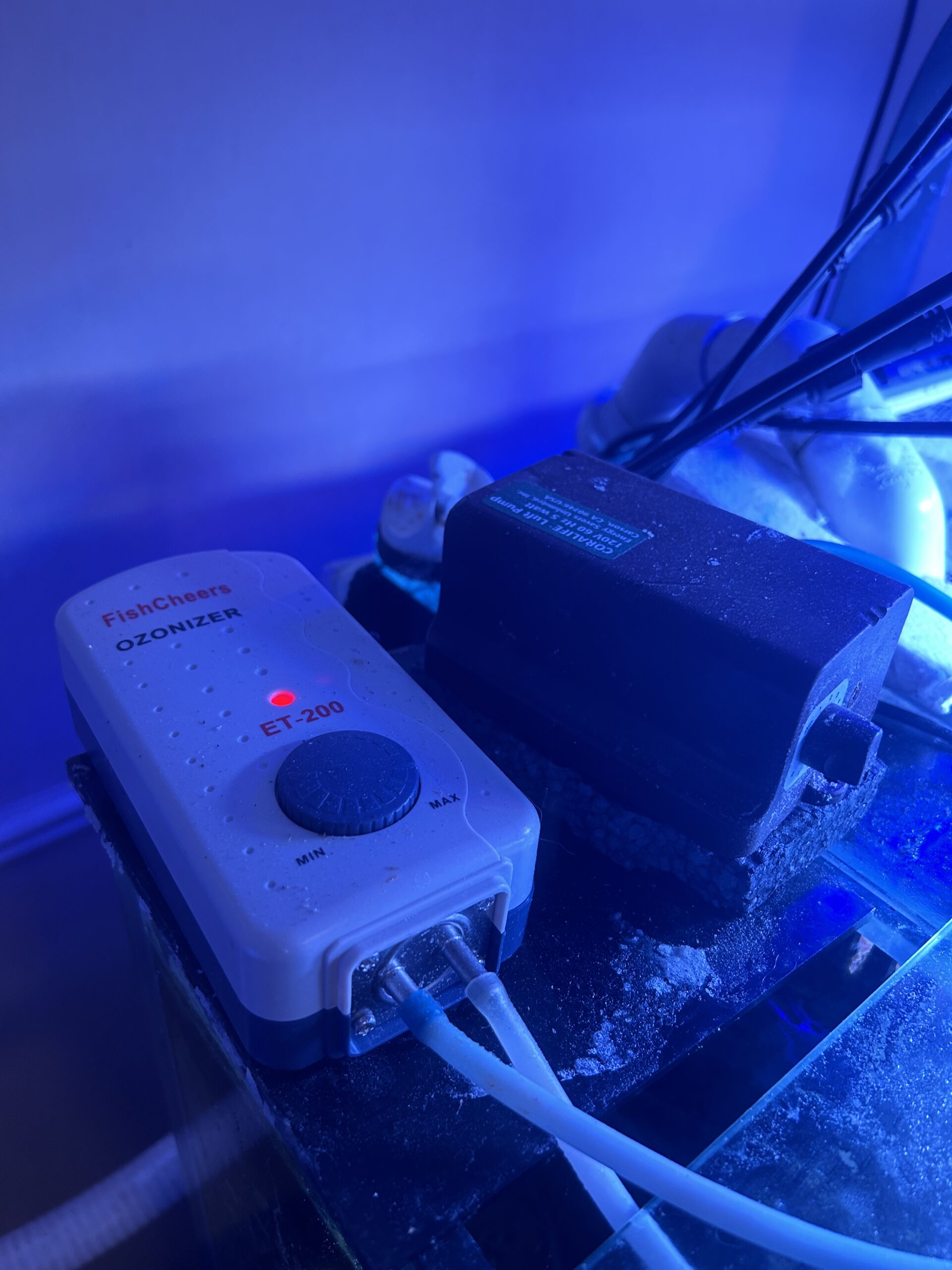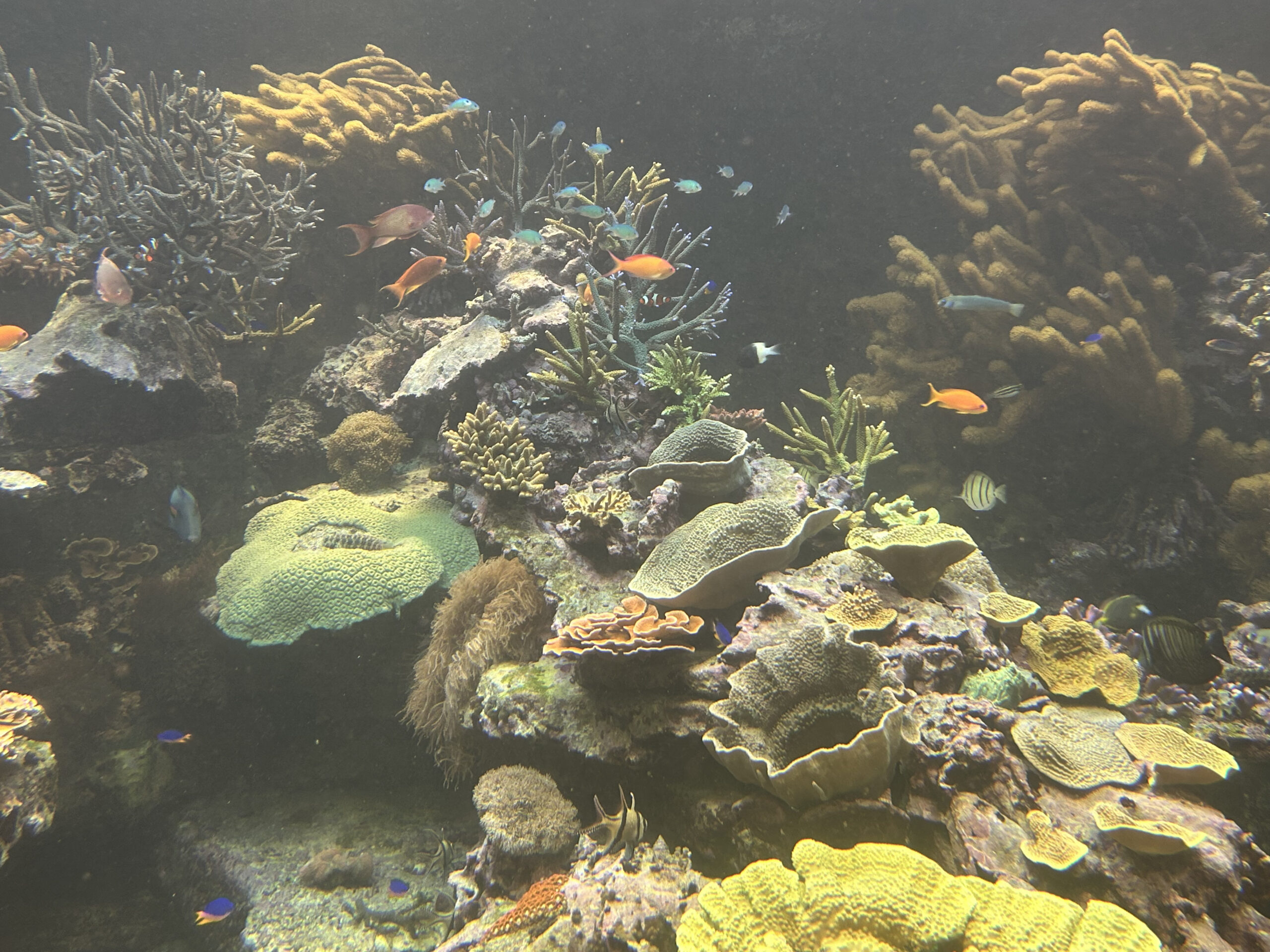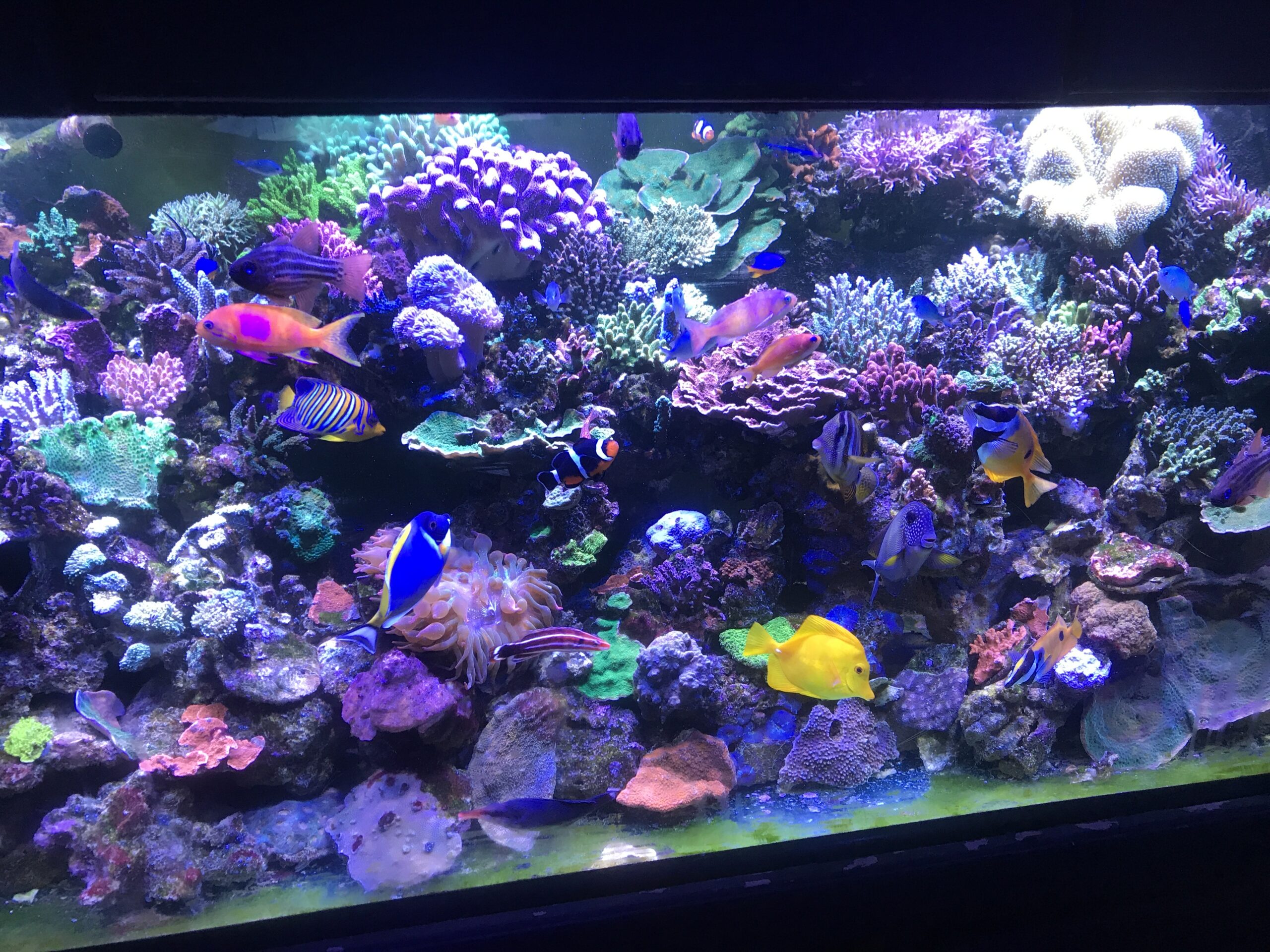When you are starting a new tank there are always a lot of lists of different things. There is a definite need to have a list that includes things like a protein skimmer, lights, etc. Then there is a list of things you might like to have like a controller, or a special fish or coral. And then there is a list of things that may be worth having, but you really aren’t sure. At the top of this list, ozone and an Ultraviolet sterilizer are probably the most prominent.
If you ask one hundred hobbyists their value on a reef tank, my guess is that the split would probably be 50-50 or 60-40. I actually just did this with ten hobbyist friends and five said they were useful and five thought they were useless. But interestingly they were also split on which of these devices they thought was useful and which one they did not. I’m not going to try and convince you either way as to the merits of having and using these devices or not, but rather I will describe what they do and my experience with them and when I think they work and when they do not.

UV sterilizers have been around for at least the last two decades and their popularity has waxed and waned as hobbyists find new uses for them. A UV sterilizer is a hollow tube in which a UV-producing light source, usually encapsulated in a quart sleeve, is located, around which water flows across the light source and back out. The sterilizer works via this emission of UV light. This light usually contains both UV A, B, and C and it acts to mutate the DNA of the micro-organisms that come in contact with the light. This light mutates the DNA of bacteria, algae, and parasites which can either prevent them from reproducing, shortens their lifespan, or kills them directly.
How much UV light do I need for my reef tank?
The effectiveness of a UV sterilizer is dependent on the power of the bulb, wattage, the contact time, and how much of the tank’s water flows through it over a given time. The suggested wattage for a tank is 2-4 watts per gallon. It is an estimate as there are so many design differences and other variables between sterilizers that it is difficult to arrive at an exact number. For example, longer tubes provide for longer contact times so less wattage may be needed.
In terms of contact time obviously the longer the contact time the more effective the sterilizer. And in terms of the optimal flow rate through the sterilizer, the optimal flow has been estimated to be between 3-4.5 times the tank’s volume per hour. So for a one-hundred-gallon tank, the flow through the sterilizer should be between 300-450 gallons per hour.
A UV sterilizer is effective at removing algae, parasites, and bacteria that are in the water column. It is only effective at removing water born items. So if there is a cyanobacteria outbreak, which occurs on the substrate, or a fish shows signs of ick on its body, then the UV sterilizer will not eradicate these problems. However, it may reduce the intensity or duration of these problems by reducing these pest numbers when they are in the water column. So if one is employed for these problems, then it should be given time to work. However, for problems like algae or bacterial blooms, causing cloudy water or other water column-born pests it can be quite effective.
Recently UV sterilizers have become popular for helping to eliminate dinoflagellates. In my own experience, a UV sterilizer was indeed very effective at eliminating a dinoflagellate outbreak. But it should be noted that there are several different genera of dinoflagellates and only some like from the genera Osteoporosis and Coolia are free-swimming during a portion of their life cycle, usually at night. As a result, these can be reduced or eliminated with the use of UV sterilization. Others like those from the genus Amphidium live on the substrate and thus will not be removed by a UV sterilizer.

Obviously, there are several benefits to adding a UV to a system. However, there can also be some cons as well. A sterilizer can be expensive to purchase and it uses a fair amount of electricity adding to the cost of operating the tank and it can add to the heat issue in some tanks. The bulbs also need to be replaced regularly and the units cleaned. The units should not be used during the break-in of a tank lest they kill the good bacteria before they populate the tank. Lastly, they can render several medications useless.
A UV sterilizer offers some benefits, and some costs, and while it is not as essential as a good protein skimmer or pump or lights, it does have its place in many tanks. In my own experience, I use it whenever new fish are going to be added to an existing tank to reduce the likelihood of their introducing any pathogens to the tank, even after the fish have been quarantined. One was also useful in eliminating a dinoflagellate outbreak. But the same unit was not useful in reducing a bacterial-induced STN outbreak or limiting any outbreaks of Uronemia, which can be prevalent in some anthias and damselfish. So as long as it is understood what a UV sterilizer can and cannot do and weigh that with the price of a unit, a sterilizer is a useful ancillary piece of equipment to add to an established reef.
Ozone
Like UV, ozone when used properly also has the capacity to improve water quality and kill or reduce some pathogens and algae. Ozone has been around for decades and like UV its popularity has waxed and waned. Ozone has many benefits including removing some toxins, improving water clarity, especially in regards to removing yellowing in the water, limiting or reducing parasites, bacteria, and viruses, reducing algae, decreasing cyanobacteria, improving water quality, and raising the oxidation/reduction potential, ORP. Whether it does all of this in every application is debatable and that is why it is not used in every tank. These differences are the result of how it is applied, what units are employed as well as how well the unit is maintained.

Ozone is simply O3 molecules that are produced by an ozone generator. In most instances, an air pump is employed which pushes air through the generator. When done properly before the air is pushed into the generator it runs through an air dryer. Many hobbyists eliminate this step but it actually has two benefits. First, drier air produces more ozone and drier air also contains less nitrogen, and as a result during the production of ozone less nitric acid is produced. So if ozone is going to be used an air dryer should also be used in order to receive its optimum benefits.
After the air passes into the generator the air is exposed to a high voltage electrical discharge. This breaks apart the oxygen molecules, O2, and when they recombine some ozone, O3 is produced. After this, the air is usually moved to a mixing chamber where it is mixed with aquarium water. In most instances, this occurs in the protein skimmer or it can be mixed in a pressurized device called an oxygen reactor. Here it breaks down back into O2, but in the process, it “bleaches” the water performing the tasks described above.
It should be noted that ozone will react with most plastics and rubber and will cause them to become brittle over time, so the equipment in which it is used and even the tubing that is used with it should be ozone resistant. The water that is mixed with the ozone then should pass over activated carbon so that any residual ozone or ozone-produced oxidants are removed. This is necessary as ozone and these oxidants react with any living tissue and the gills of fish and the thin layer of tissue on coral are especially sensitive to these compounds.

What should the ozone level be in a reef tank?
Most manufacturers recommend .3-.5mg per gallon of aquarium water in order for the optimal benefits of ozone to be realized. However, it has been my experience that most hobbyists either use less than this or way more and also do not use air dryers, oxygen reactors, or run the ozonated water over carbon. This may also be why many hobbyists do not realize the full benefits of using ozone, that only occur when it is used properly.
One way to assess the benefits of ozone is to see its effect on ORP. To describe it simply, ORP is a measure of the water’s “cleanliness” with the higher the value the cleaner the water. Most tanks without ozone run an ORP of between 265-300, which is relatively clean water and in which most corals and fish will thrive. With ozone and an oxygen reactor, it is possible to get the ORP into the 350-375 range. At this range the water is less yellow and clearer, algae grow less frequently and there is a lower risk of a cyanobacteria outbreak. All of which are positive for a reef tank.
Despite these benefits then why is ozone not employed on every tank? First, as noted above it does require some finesse and tinkering to keep it operating optimally. And if this constant maintenance is not done, for instance changing the air dryer regularly, the performance of the ozonizer will diminish. Also if the amount of ozone constantly changes it also changes the clarity of the water and so a tank can go from being clear to less clear to clear again. This change in clarity can occur rapidly and this can lead to increased light penetration that can bleach some corals.

Ozone also interacts with some elements like bromine, iodine, and fluoride and causes their levels to drop. And as mentioned ozone needs to be cleared from the tank water before it comes into contact with the tank’s inhabitants. And lastly in order to ensure optimal levels an ORP controller should be employed to turn the ozone on and off and prevent the levels from being either too low or too high. This leads to additional costs and maintenance.
In my own tanks, I employ ozone whenever a tank’s water starts to show signs of yellowing or when new fish are added. As with everything in this hobby when ozone is added the amount added starts off low and is gradually increased over time to prevent the water from becoming too clear too fast leading to bleaching. In addition, the ORP of the tank is closely monitored to prevent the ORP from getting too high.
In my opinion, Ozone and UV sterilizers both have a place in a reef tank. But to me and to many they are a luxury rather than a necessity. When everything is being done properly, they may not even be necessary, but it is nice to know that they can be added should things go awry. However, before they are added it should be thoroughly understood what they can and cannot do as they are not “miracle worker” products, but they can help.





